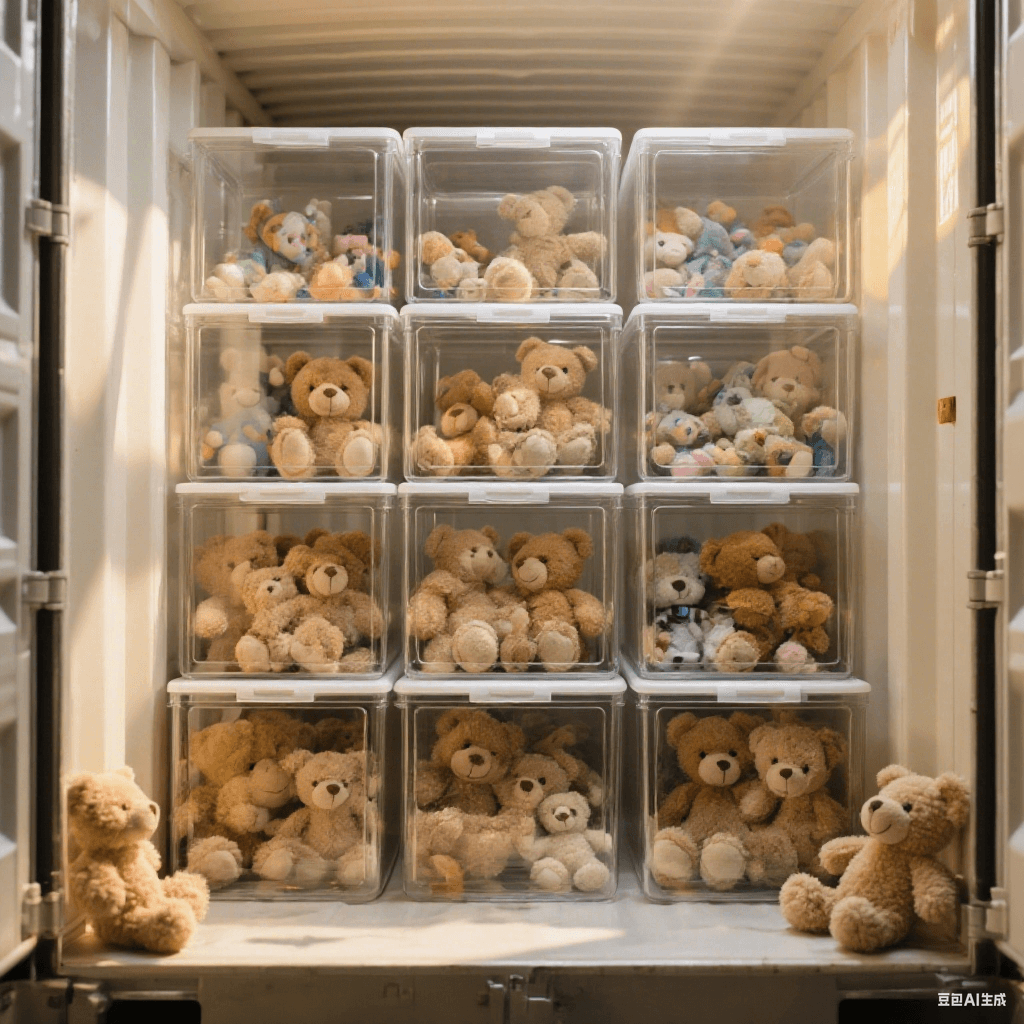Supply Chain
Danny Roman
April 12, 2025
Starting April 10, 2025, the U.S. will impose a 145% tariff on most Chinese-made goods, a sharp escalation in the ongoing trade war. Meanwhile, planned tariffs of 30–50% on Southeast Asian nations like Vietnam have been postponed by 90 days, leaving the current rate at 10% for now. This policy underscores America’s reliance on Southeast Asian manufacturing to avoid inflationary pressures, even as U.S.-China relations continue to deteriorate. For businesses exporting plush toys to the U.S., Vietnam has emerged as a potential alternative—but shifting production requires careful evaluation of costs, timelines, and hidden challenges.
Production Costs and MOQs
Vietnam’s minimum order quantity (MOQ) of 500 units. However, pricing varies sharply by order size: Orders below 3,000 units cost 50% more in Vietnam than in China, while larger orders align closely with Chinese prices. This creates a clear divide: Vietnam is cost-effective for bulk production but impractical for small batches unless tariff savings outweigh the premium.
Note: If tariffs between China and the U.S. be removed, Vietnam’s production costs would likely become less cost-competitive compared to China’s revitalized manufacturing efficiency and economies of scale.
Sampling and Prototyping Challenges
One major hurdle in Vietnam is its slower sampling process, which takes 3–4 weeks compared to China’s streamlined 7–11 days. To mitigate this, many companies adopt a hybrid approach—developing prototypes in China for speed and precision, then shifting mass production to Vietnam. This strategy balances agility with tariff advantages but adds complexity to supply chain management.
Bulk Production Delays and Bottlenecks
While Vietnam’s production timeline of 45–60 days matches China’s on paper, real-world delays are common. Limited local raw material availability forces factories to import fabrics and stuffing, adding at least 7 extra days to production. More critically, high demand has led to 2–3 month factory queue times, meaning businesses must plan orders at least six months in advance. For seasonal or time-sensitive products, these delays pose significant risks.
In addition, as reported by Sino Global Toy News in December 2024, approximately 70% of toys sold in the U.S. are still manufactured in China. Vietnam’s current order intake capacity is nearing saturation, and lead times are expected to lengthen further, leaving a significant portion of orders at risk of production delays.
Logistics Costs and Hidden Pitfalls
Vietnam’s sea freight costs are 5–10% higher than China’s, with slightly longer transit times (35–45 days vs. 30–40 days). While the 10% tariff (vs. China’s 145%) offers relief, small parcel shipping—often used for samples or low-volume orders—is financially untenable. Due to Vietnam’s volumetric pricing model, shipping a 200g plush toy via small packages costs nearly $25, far exceeding China’s costs even with 120% tariffs.
Strategic Recommendations
In the short term, Vietnam’s tariff advantage is compelling, but production delays and logistical inefficiencies may offset savings for unprepared businesses. Over the long term, if U.S.-China tensions intensify, Vietnam’s role as a manufacturing hub could solidify—though infrastructure limitations and factory backlogs may persist. A hybrid strategy—using China for prototyping and small orders, while reserving Vietnam for large, tariff-sensitive production runs—offers flexibility.
Conclusion
Shifting production to Vietnam is not a one-size-fits-all solution. It suits businesses with large, predictable orders and the ability to plan far in advance. For those prioritizing speed, flexibility, or complex materials, maintaining a foothold in China—or diversifying across multiple Southeast Asian nations—may be wiser. As trade policies evolve, agility and data-driven decision-making will separate winners from those caught in the crossfire of geopolitical tensions.


